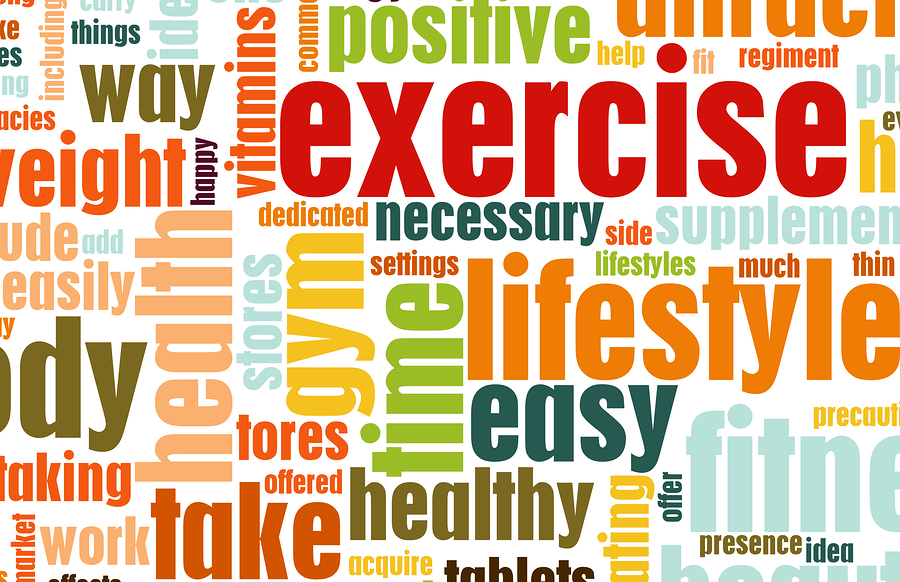Exercise is Medicine
Research findings recommend we do 30 minutes of moderate physical activity (such as brisk walking) at least five days a week.
Only 39% of men and 29% of women are currently managing this. In addition less than one in five of over 65’s have sufficient leg strength to get out of a chair unaided (use of their arms or someone to help), and a staggering 8.2billion a year is spent in the UK on the costs associated with inactive people.
A recent review by the NHS, Cancer UK and WHO highlighted;
Regular exercisers’ are 20-50% less likely to be affected by serious illness including heart disease, strokes (by 27%), some cancers (colon by 25%, breast by 21%), high blood pressure by 50%! and type two diabetes by 30%.
Regular exerciser’s reduce their risk of premature (below the average) death from all causes by 20-30%.
An inactive person will spend 37% more days in hospital than those who are active.
Inactive people visit their GP’s 5.5% more and need 12% more nursing care.
So the argument for increasing physical activity is undeniable. Over the next few articles we will look at what is the best exercise, how much you really need to do and how to include it in your weekly routine so that it isn’t onerous and can be maintained for life.
As the goal, exercise needs to be about improving health and what’s called functional capacity. Weight loss as we have seen in previous articles is biased towards diet and caloric intake where the biggest effects occur. Clearly a combination is ideal, but a key message for maintaining exercise is “enjoy physical activity for its own sake”.
As the statistics show exercise keeps us healthy but what’s not always appreciated is that exercise keeps us moving! We don’t have to slow down, become inactive and lose the ability to pick up shopping, lift suitcases or ride bikes or jog in the park…we simply have to exercise(train) to do those things. Numerous studies have seen 70, 80, 90% increases in the strength of older inactive people who take up exercise and find they can re-do much of the functional and sporting activities they had lost the ability to do. It’s also not uncommon to hear of people cut down (or in some cases total out) some of the medications they were on and ‘reverse’ the effects of inactivity…especially regards joint health, blood pressure and cholesterol.
Two systems are largely in play when we talk about exercise, the musculo-skeletal system (muscles, bones and all that connects them) and the cardiovascular system (the heart, lungs and blood vessels).
Controlling both of these is the nervous system (the brain and all the nerves) and delivering nutrients is the job of the blood (in concert with the organs).
So from an exercise perspective we need to exercise both cardiovascular and musculo-skeletal elements which we usually do together such as with aerobic exercise (swimming, jogging, cycling etc) where the muscles power the movement and the heart and lungs work to deliver the oxygen and energy via the lungs and blood. There are however benefits in emphasising one or the other system from time to time!…so what is the Strength of Strength and the Heart of the Matter … more to follow shortly
Disclaimer
All content on Silversurfers.com is provided for general information only, and should not be treated at all as a substitute for the medical advice of your own doctor or any other health care professional. Silversurfers will not be responsible or liable for any diagnosis made by a user based on the content on www.silversurfers.com and we are also not liable for the content of any external websites or links from or to Silversurfers to any other websites. Please always consult your own doctor if you’re in any way concerned about any aspect of your health.
For more features on health click here ←
Pat Fox
Latest posts by Pat Fox (see all)
- Fluid Facts – hydration for health - July 16, 2014
- Oh to sleep ….. - January 29, 2013
- The Heart of the Matter - December 4, 2012
- Exercise is Medicine - October 24, 2012
- The strength of Strength - October 23, 2012




















